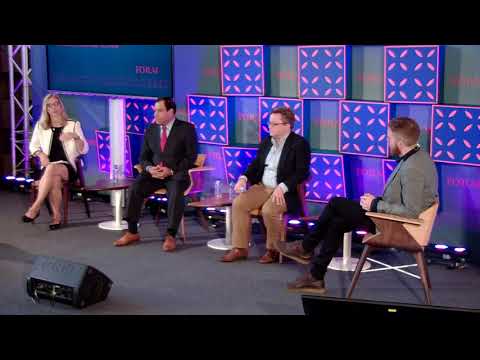Description:
Explore how technology can be leveraged to facilitate justice in post-conflict zones in this 32-minute Web Summit conference talk. Delve into the challenges faced by post-conflict societies, including lack of infrastructure, scattered populations, and weakened institutions. Learn from experts Wendy Betts, Izzeldin Abuelaish, Dixon Osburn, and Derek Mead as they discuss innovative ways to gather evidence and hold perpetrators accountable. Discover the role of social media in collecting and preserving evidence, the importance of establishing truth and understanding, and the potential of technologies like Suncalc and blockchain for provenance. Examine the double-edged nature of social media in conflict zones and the complexities of moving from atrocity to justice. Gain insights into the importance of personal connections, reconciliation, and the promise of the internet in facilitating justice. Understand the challenges of information control and explore emerging technological solutions for addressing social justice issues in post-conflict areas.
Read more

How Technology Can Facilitate Justice in Post-Conflict Zones
Add to list
#Social Sciences
#Human Rights
#Information Security (InfoSec)
#Digital Forensics
#Computer Science
#Blockchain Development
#Personal Development
#Communication Skills
#Conflict Resolution
#Peacebuilding